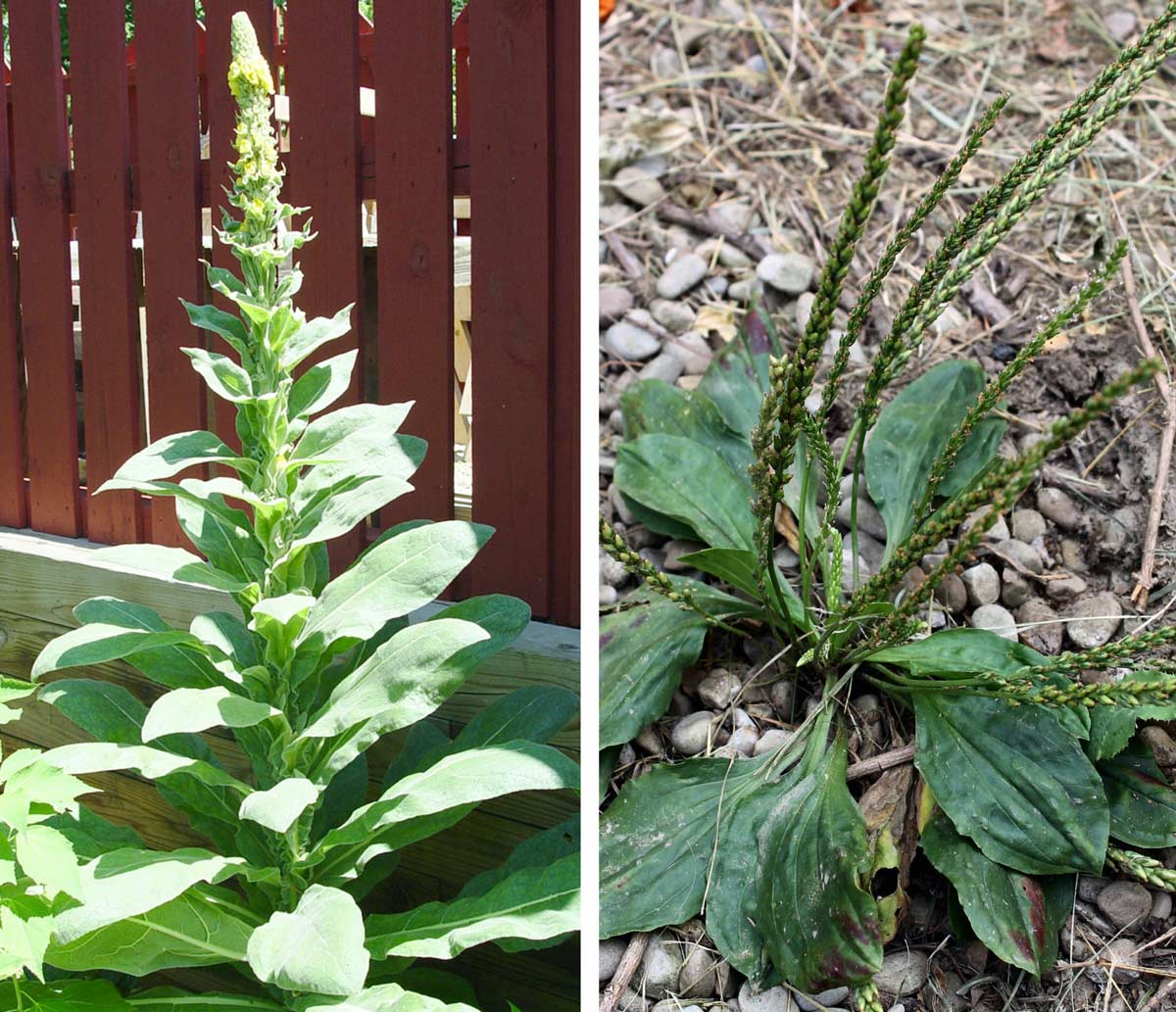Weed Control and the Life Cycles of Weeds
Some weeds come and go in a single season, some come back every year, and some grow into long-lived trees. Knowing which kind of weed you have is the key to controlling it.
Weeds are the villains of the garden. They invade our lawns and gardens and steal moisture and nutrients from our plants. But by observing the weeds in your yard, you can pick up clues about soil fertility, moisture levels, and pH.
Some weeds like it wet, some like it dry. Some grow in rich soil, some tolerate even the poorest soil. Some seek out sunny, open areas while others prefer the shady dampness of a forest floor. And some thrive in alkaline soil while others lean to the acid side.
Get to know your weeds to understand what actions to take. You’ll also gain insight into which plants will thrive in your landscape.
As “Weed-Free Gardening” author Tasha Greer puts it, weeds are “problem-solvers.”
“A lot of times in the garden,” she says, “we’re actually getting weeds coming in to fix mistakes we’ve made – at least mistakes from nature’s perspective. These weeds were picked by nature for their particular virtues.”
Step one is identifying the weeds you have. The many plant-ID phone apps can help with that, or you can go old school and match leaves and flowers with photos in books or on websites.
Preen's Weed ID can help you identify specific weeds using their features and photos. Rutgers Cooperative Extension and Virginia Tech University websites are also useful for online identification.
An excellent book with photos and growth habits of most weeds is the newly updated "Weeds of the Northeast" by Richard H. Uva, Joseph C. Neal, Joseph M. DiTomaso, and Antonio DiTommaso (Cornell University Press).

Mullein and broadleaf plantain in your garden? These weeds prefer acidic soil. George Weigel
Once you ID your weeds, step two is determining their preferred growing condition.
These weeds indicate acidic soil: plantain, sorrel, moss, hawkweed, daisy, mullein, and oxalis.
Plants like Queen Anne's lace, chickweed, spotted spurge, chicory, and garlic mustard prefer alkaline soil with a high pH.
Yellow nutsedge, goosegrass, goldenrod, moss, speedwell, ground ivy, and dock often appear in wet, poorly drained areas.
Thistle, redroot pigweed, garlic mustard, and stinging nettle tend to colonize where it's hot and dry.
These plants thrive in tough soil: dandelions, bindweed, chicory, goosegrass, crabgrass, chickweed, knotweed, spurge, and plantain.
In infertile soil, common weeds include mugwort, dandelions, fennel, ragweed, oxeye daisy, mullein, Queen Anne's lace, clover, and crabgrass.
But where the soil is nitrogen-rich, lambsquarters, redroot pigweed, oxalis, chickweed, purslane, groundsel, and henbit tend to grow.
The more weeds you have with similar traits, the more telling the message. A group of similar weeds is better at giving a potentially meaningful pattern than what a single weed or two might say.
Reading weeds has its roots in the 1950s work of German soil scientist Ehrenfried Pfeiffer. The practice is based on anecdotal evidence and observations, rather than scientific experimentation.
Observing your weeds can give hints about soil conditions. You can verify these hints by conducting a soil test, checking drainage, or other hands-on evaluation. You can then use that information to aid plant selection.
For example, if your weeds indicate acid soil, and this is confirmed by a low-pH reading on a soil test, choose acid-loving plants such as hollies, azaleas, and dogwoods.
Similarly, if you want to grow a plant that prefers rich soil, but weeds point to poor soil, improve the soil before planting.
Weeds will grow in almost any type of soil. The solution for a weed-free garden is to prevent new weeds from growing in the first place. Preen Extended Control Weed Preventer prevents the seeds of more than 125 different weeds from germinating.
Read more about the five main kinds of weeds and how to control them.